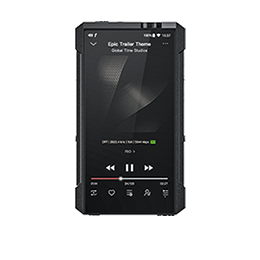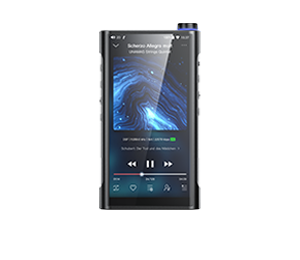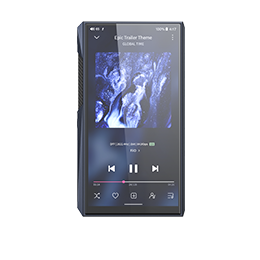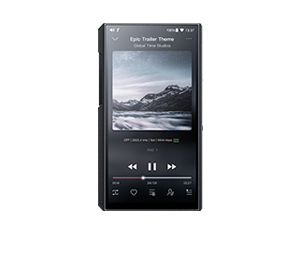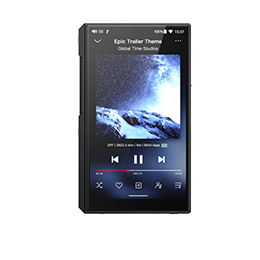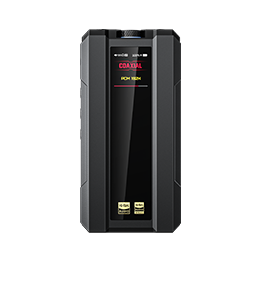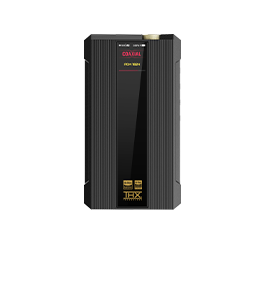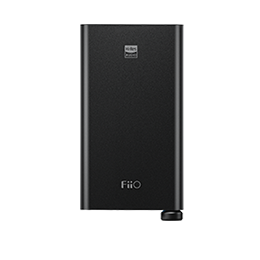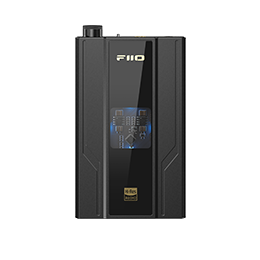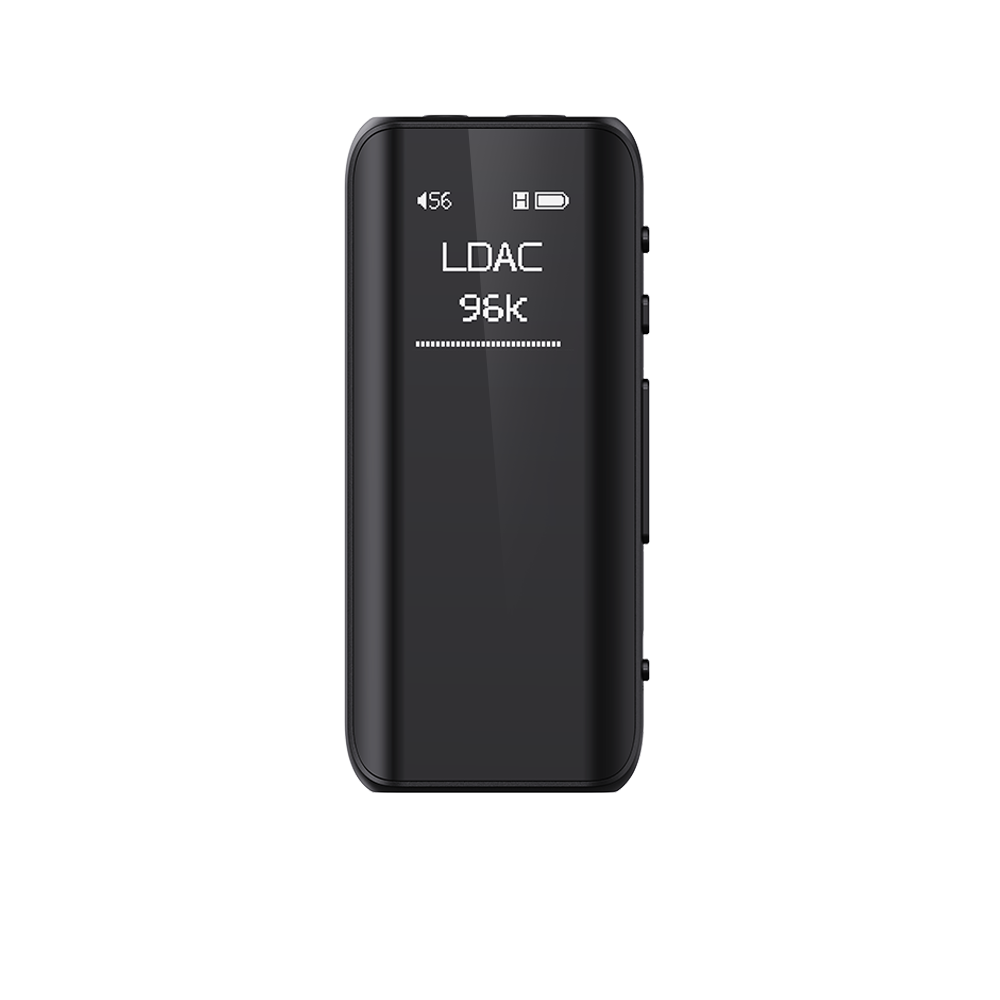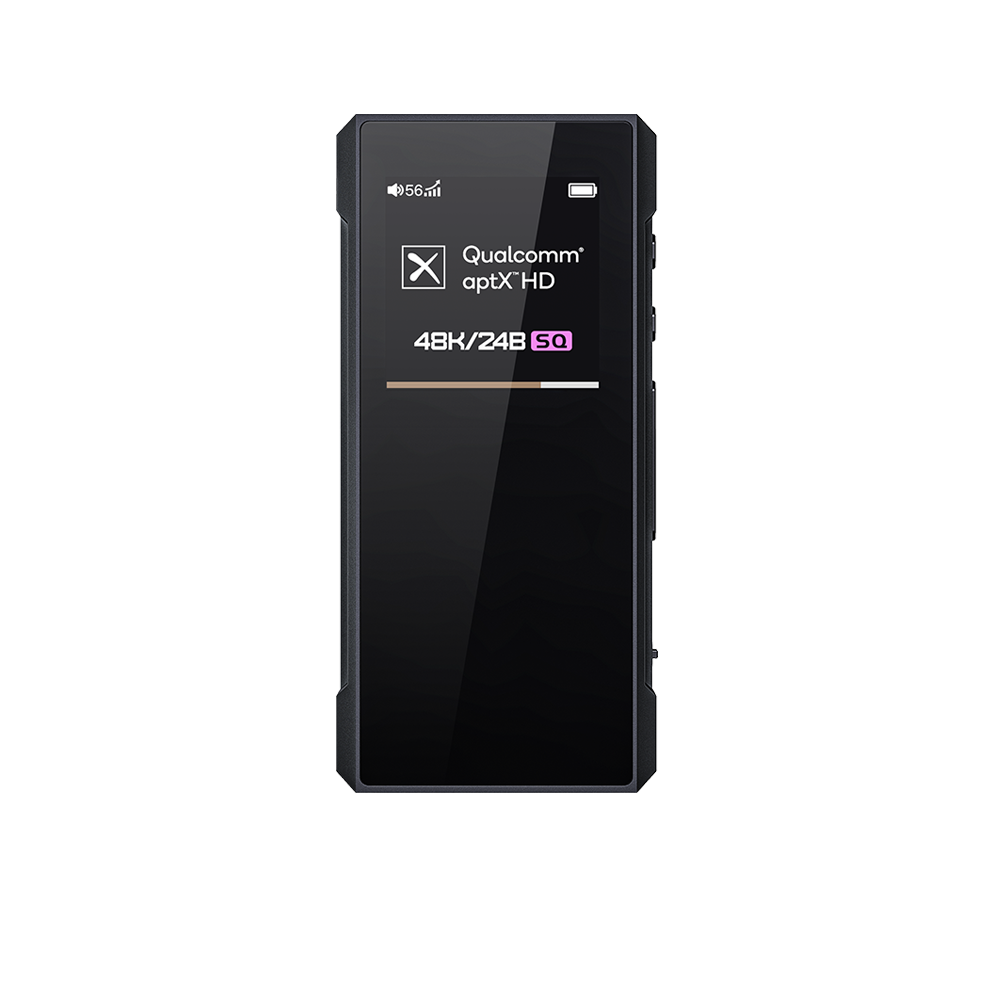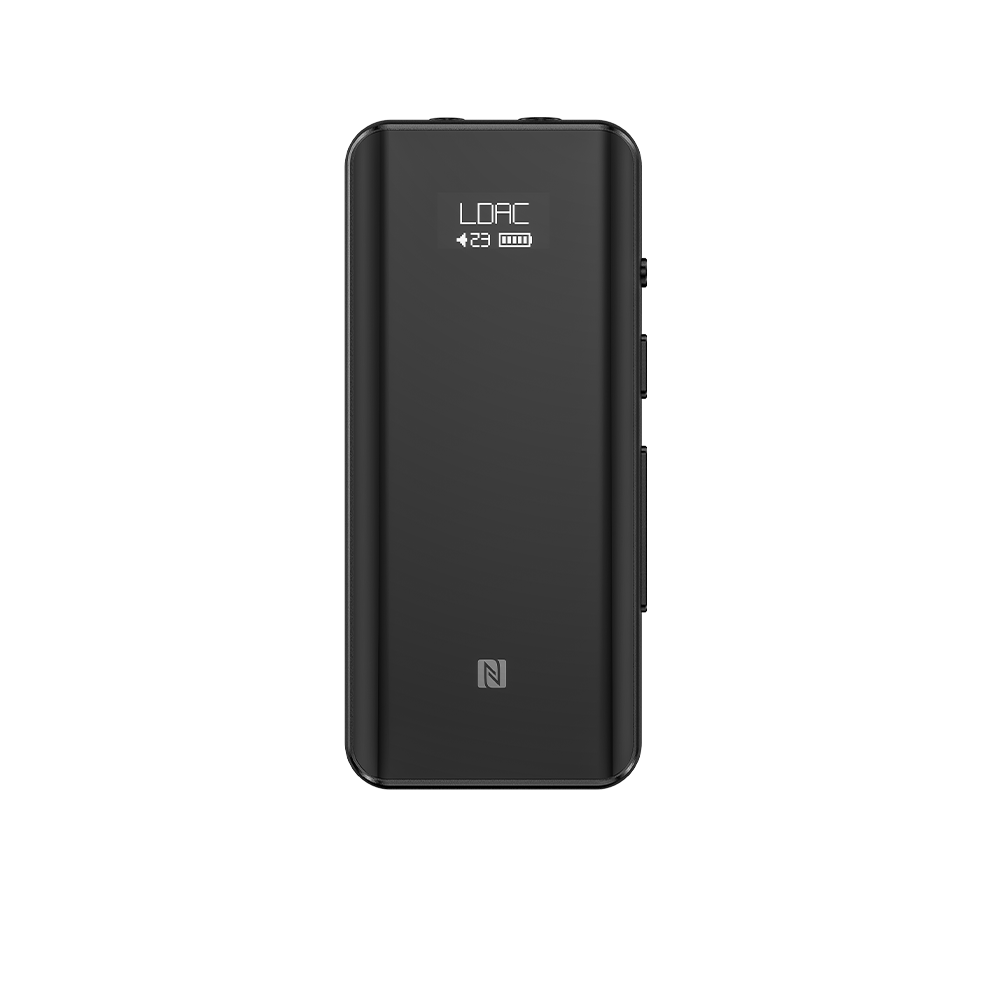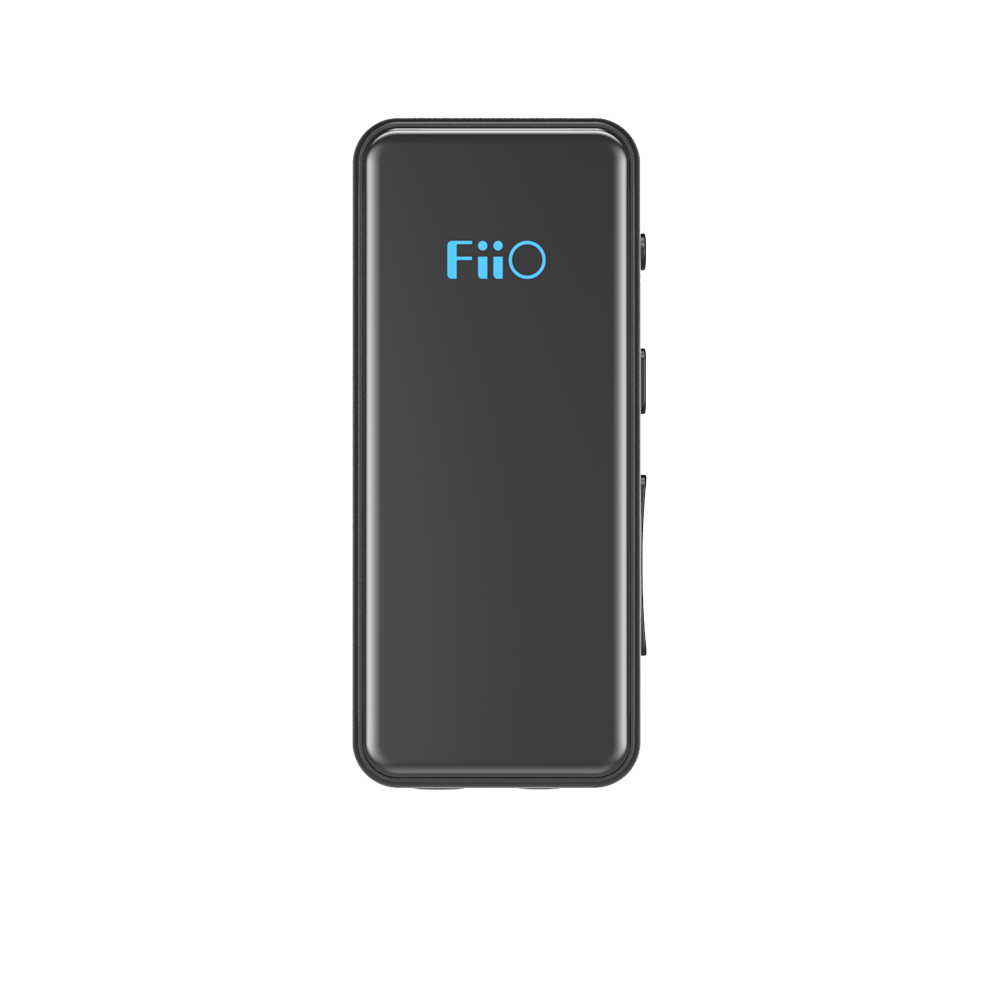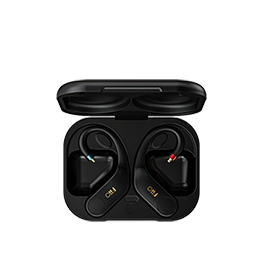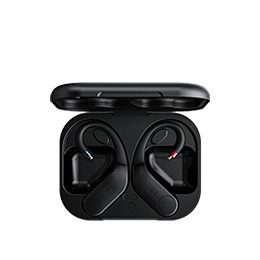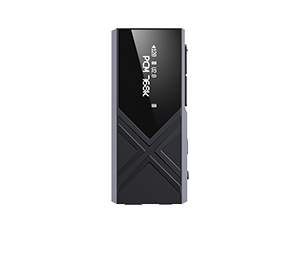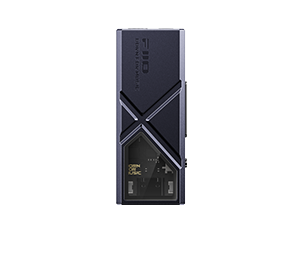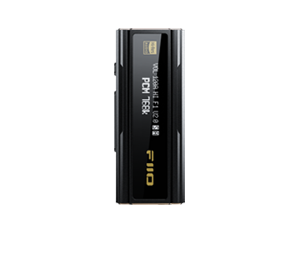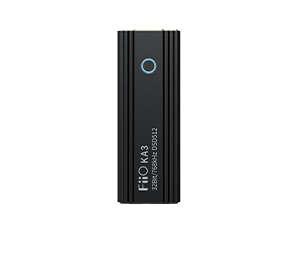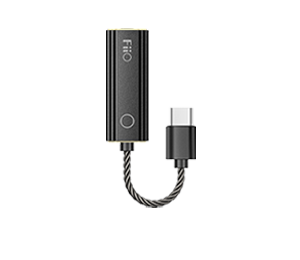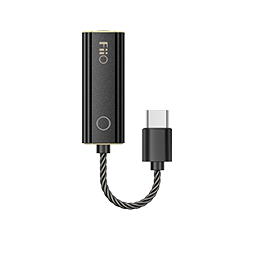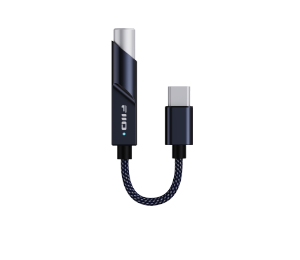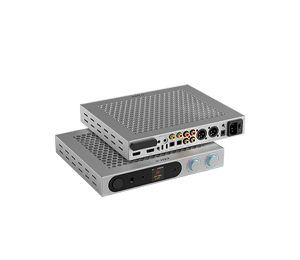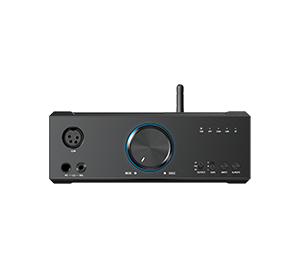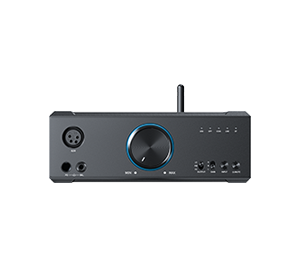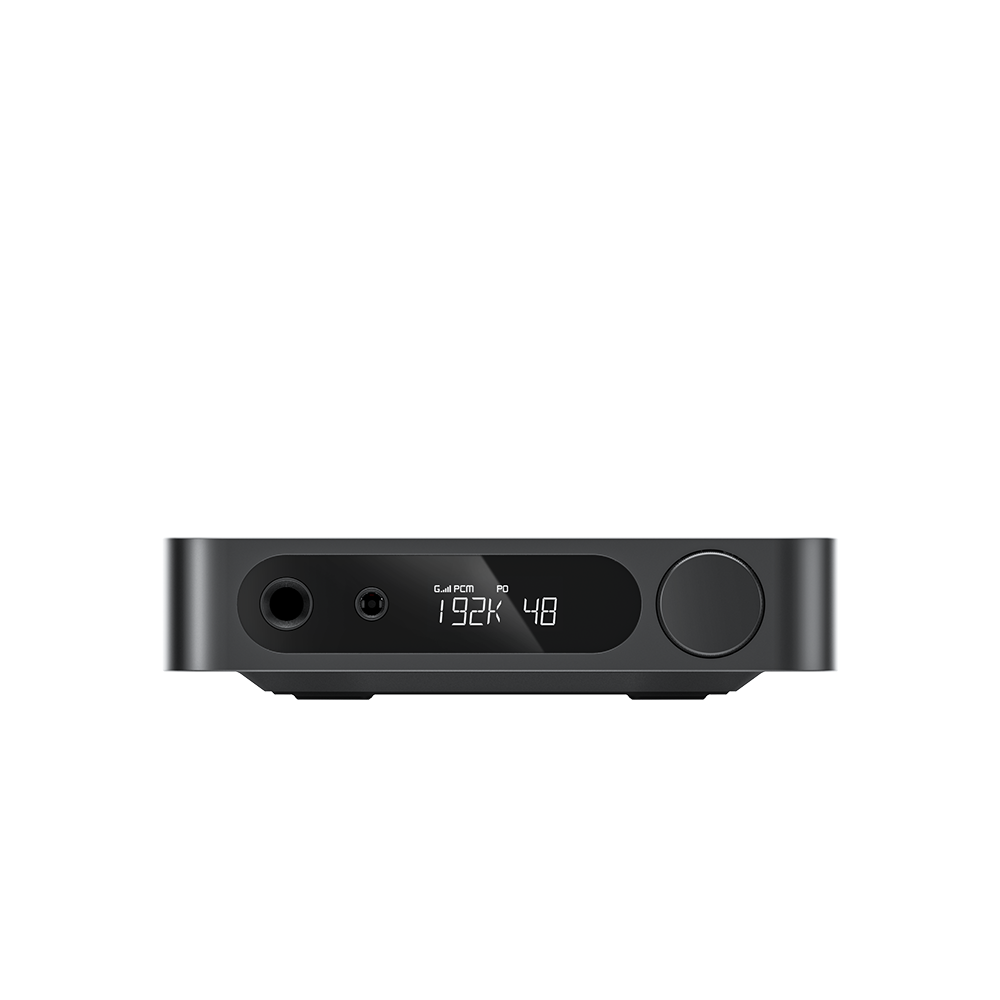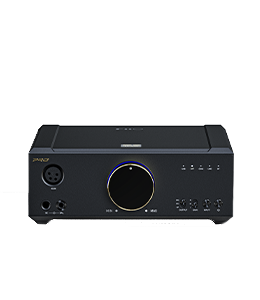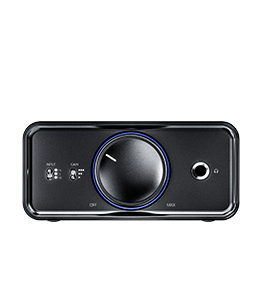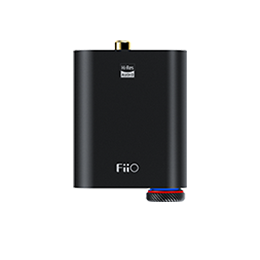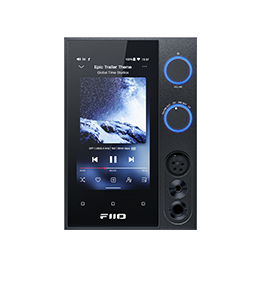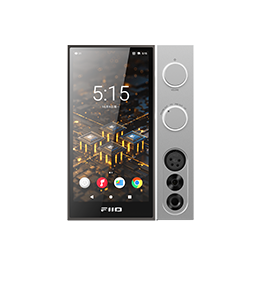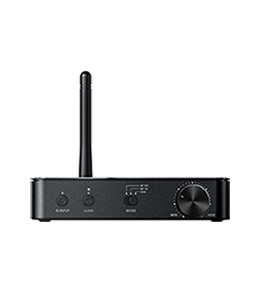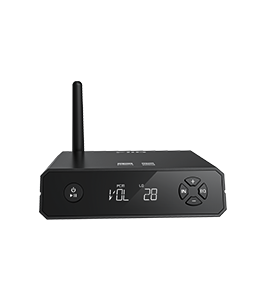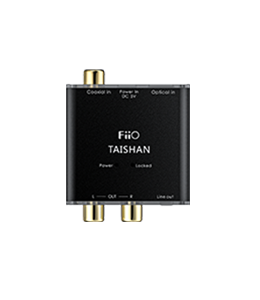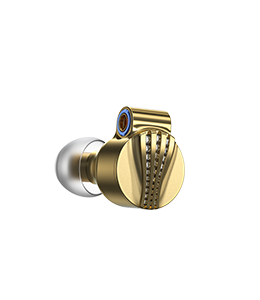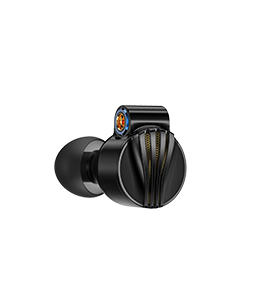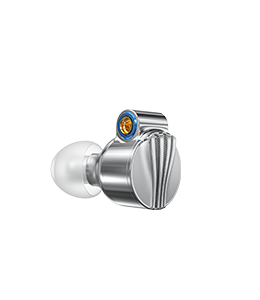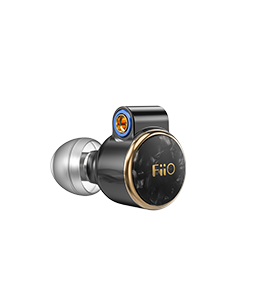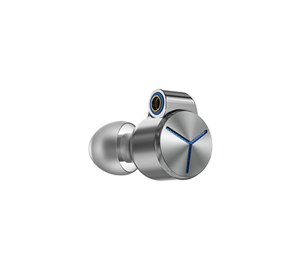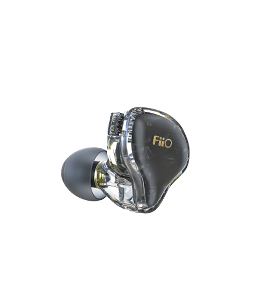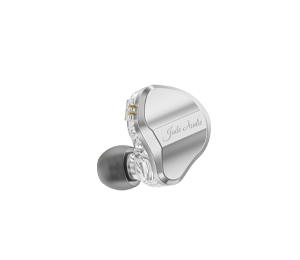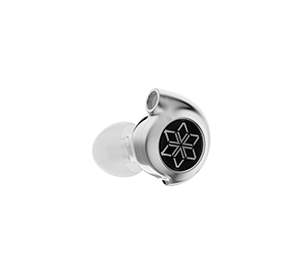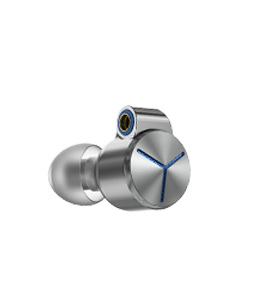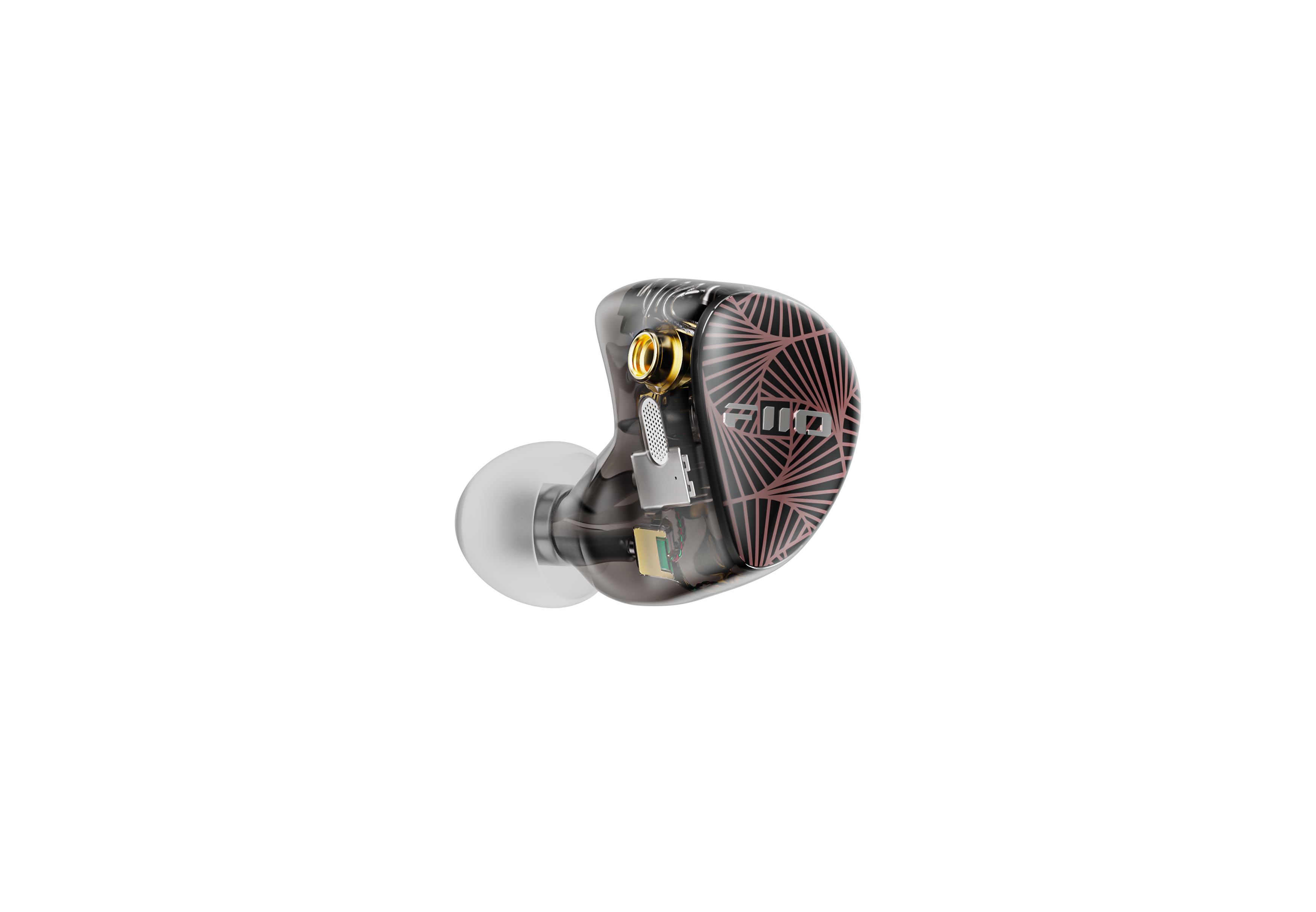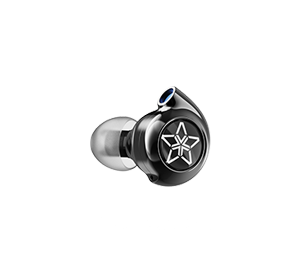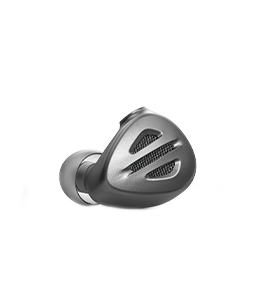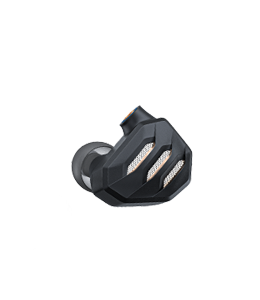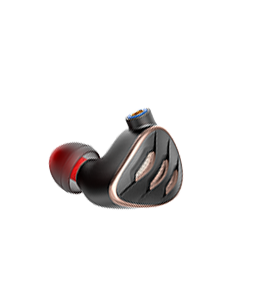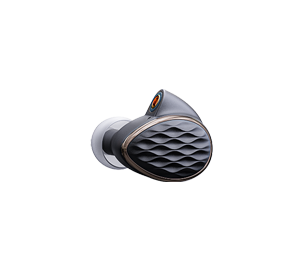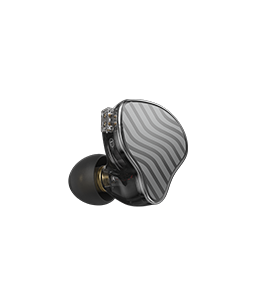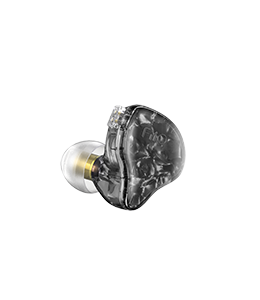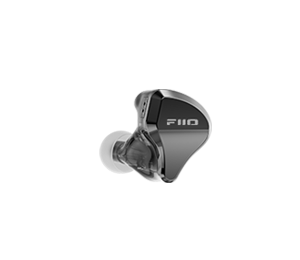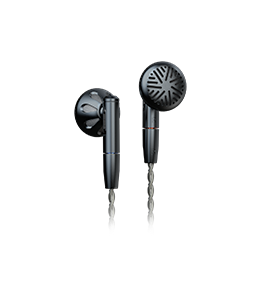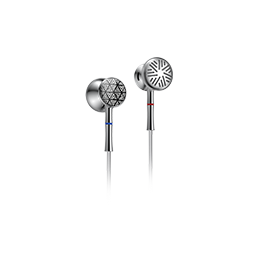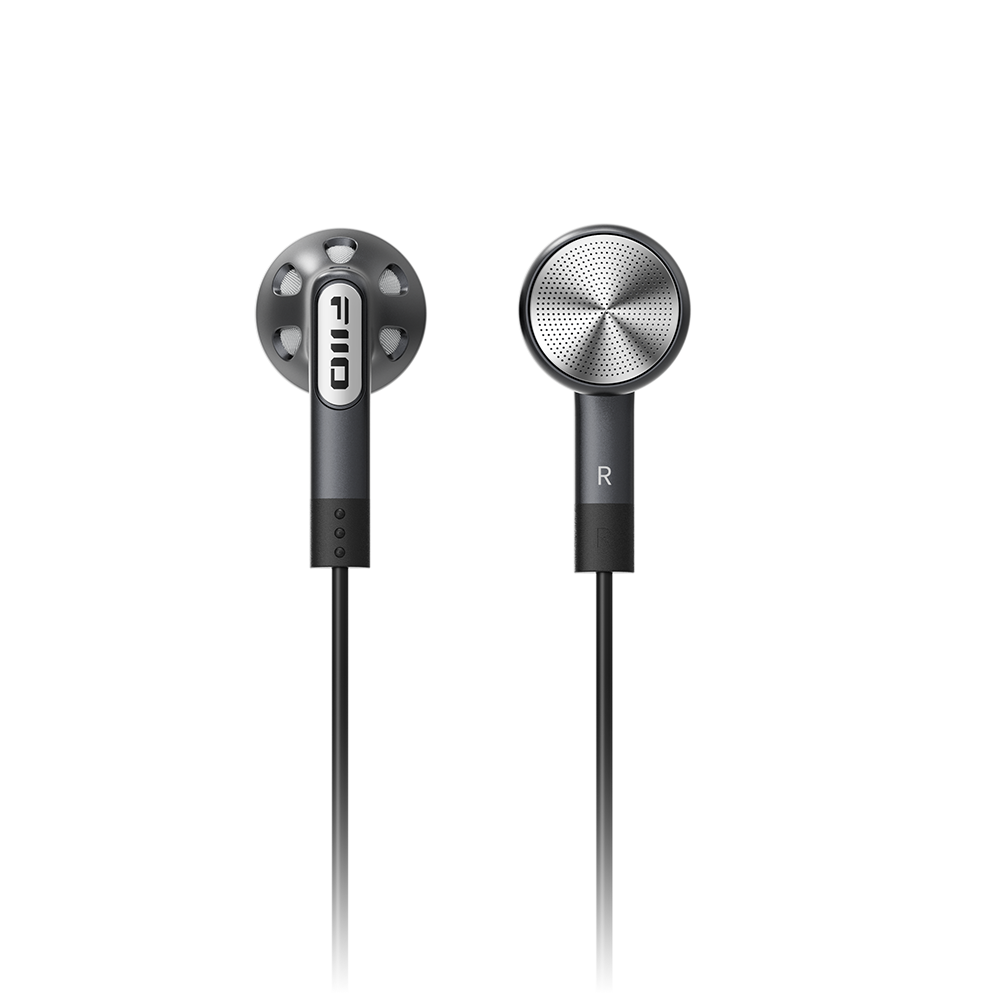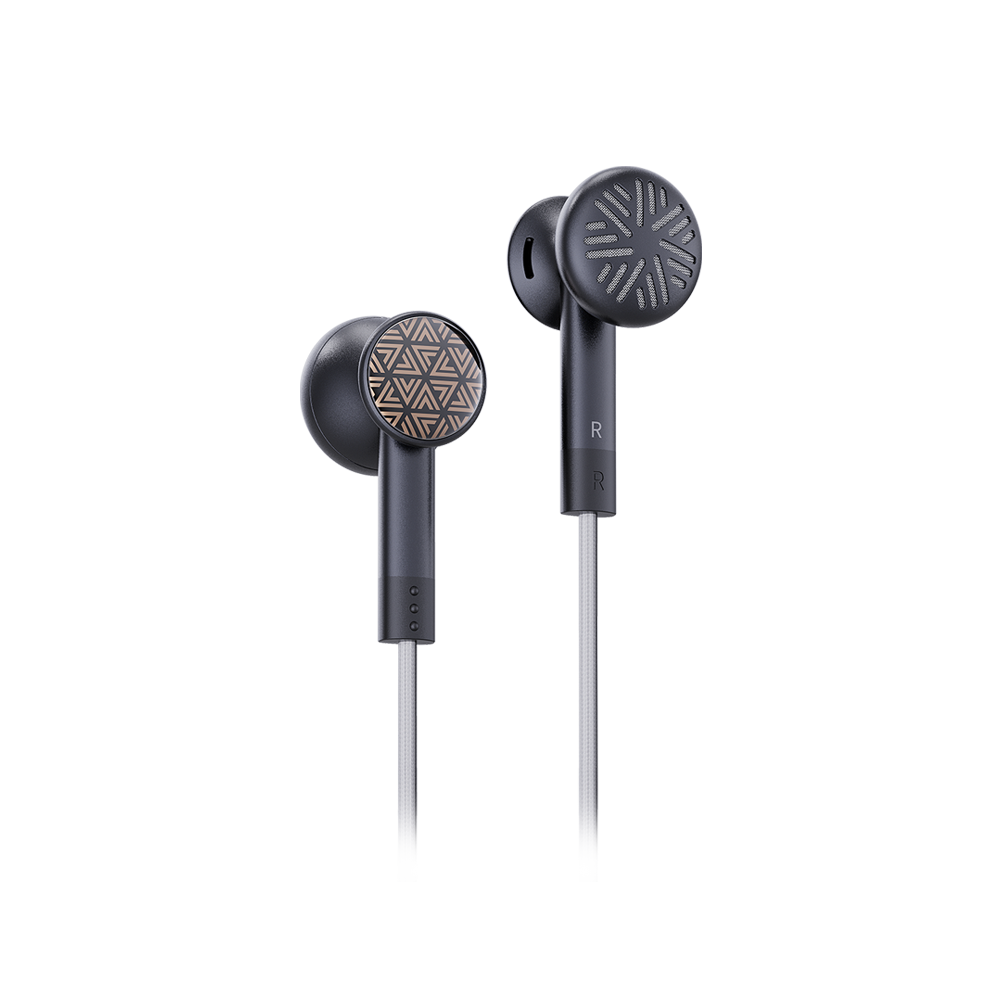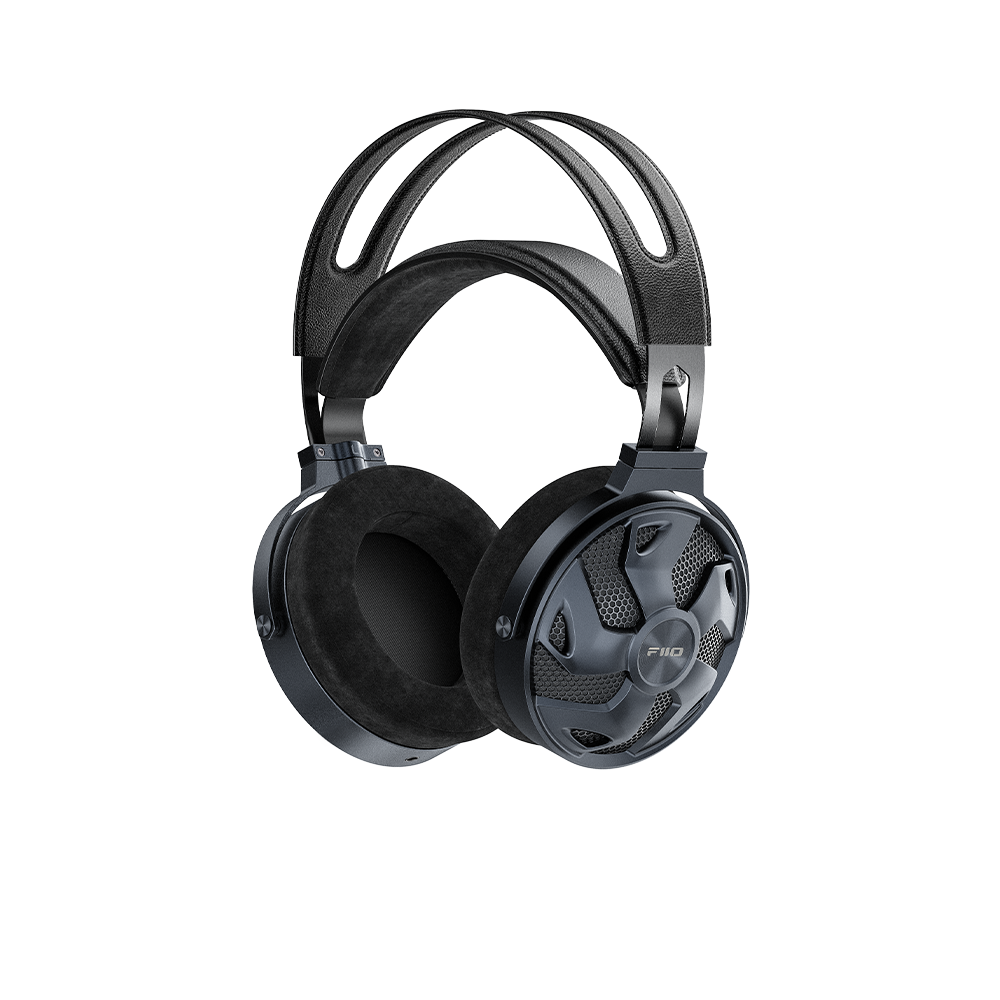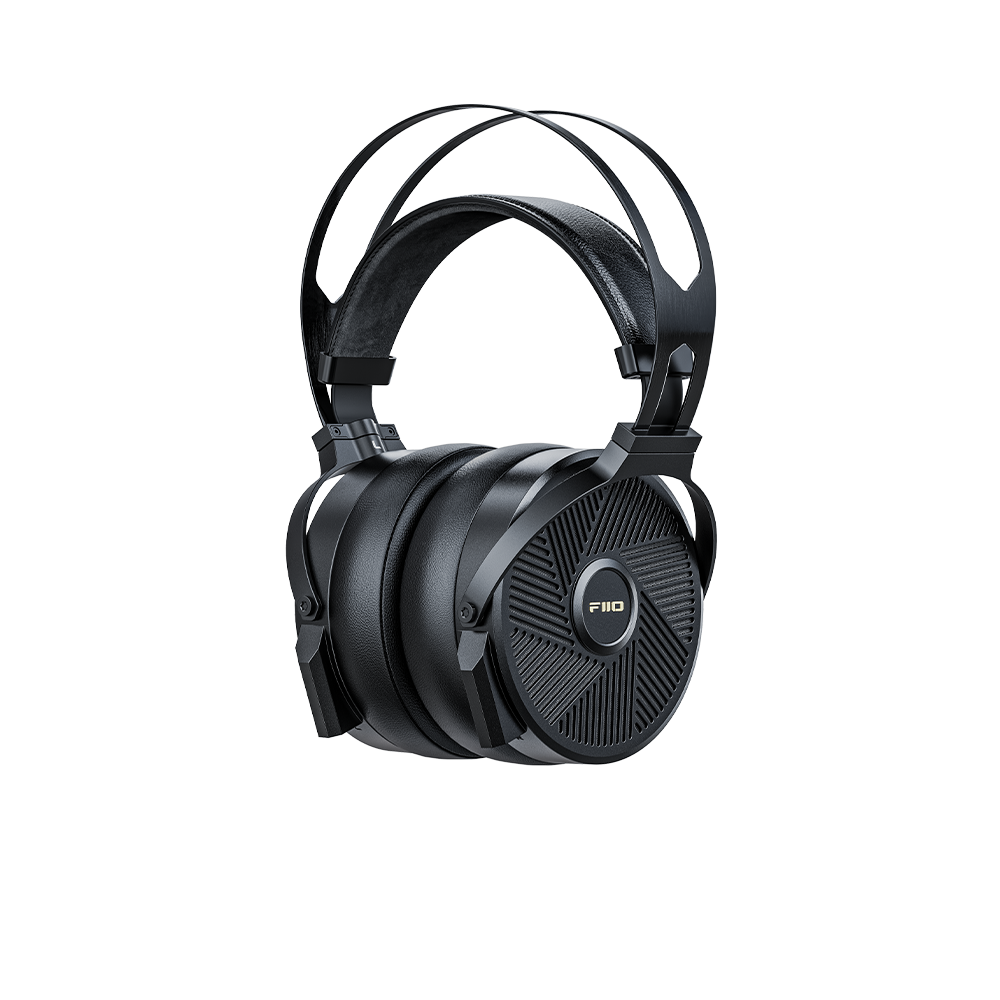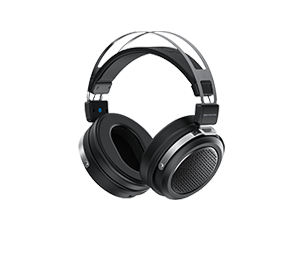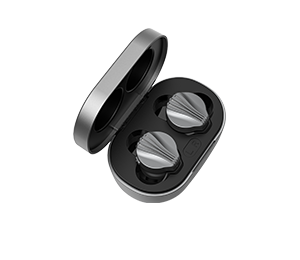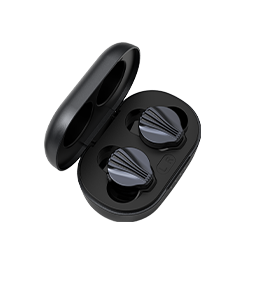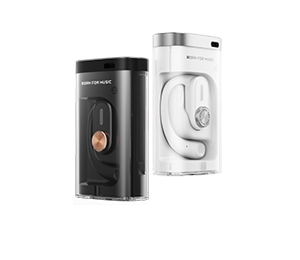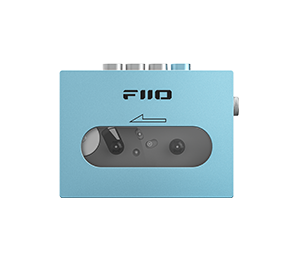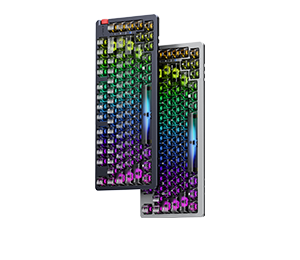Fiio X3 Mark III Digital Audio Player
There was a time when dedicated music devices were a major part of Apple's product lineup. In 2014, to our great dismay, Apple discontinued the iPod classic. Then, earlier this year, Apple discontinued the iPod nano and shuffle, leaving only the iPod touch — a device that is far from dedicated to any single task and currently all but hidden on Apple's website. Apple may have given up on dedicated audio players, but there is a small group of companies still offering devices that do one thing, and do it well. Fiio is one such company, offering a consistent lineup of well-designed amplifiers, DACs, and audio players that are focused on music, not apps. Today we're checking out their mid-range DAP, the X3 Mark III. Though we think it's interface could use some work, we think it's a choice for those who remember the iPod before it was "classic" and want to take a first step into the world of unitasker audio devices.

Before we talk about the X3-III, we think it’s worth considering why it’s worth owning a DAP in 2017, when most music is consumed through high-fidelity streaming services on smartphones. Why own a single-purpose device when you already own an expensive phone that does everything? The answer comes down to one word: compromise. In trade for the convenience of streaming services, we’ve given up control over our music libraries and the ability to collect music from artists too obscure to be featured by Apple Music, Spotify, and Tidal. Managing a music library on a DAP might be a bit more tedious than streaming, but taking back control lets us listen to lossless music and gives us access to the bootleg, live, and one-off tracks missing from streaming services. In addition, dedicated audio players often feature higher-quality audio hardware, expandable storage, more power than a smartphone (without draining the phone’s battery) and, significantly, a dongle-free headphone jack.

Though Fiio’s X3-III, with its circular touch scroll wheel and small rectangular display, is clearly inspired by Apple’s iPod, the rest of its design is sharp and unique. Its small size and aluminum housing with chamfered edges feels perfect in the hand. Those who remember the heft of the iPod’s mechanical hard drive are in for a pleasant surprise, as the X3-III is extremely light (126 grams) despite its potentially huge storage capacity — the X3-III can use up to a 256GB microSD card. The X3-III’s buttons are satisfyingly clicky, though we think it’s noteworthy that they exist at all — in a world where we’ve become used to touch-only interfaces, it’s nothing short of wonderful to have physical buttons for track and volume controls. The X3-III is available in a safe black/silver colorway, but we think the red housing of our review unit is simply stunning. In short, Fiio has nailed the physical design of this player.

Fiio is generous with the accessories it provides with the X3-III. Where we might have expected nothing more than a charging cable in the box, the X3-III also comes with a clear silicone case, a red leatherette case, a coaxial digital adapter cable, and three clear screen protectors (one of which is pre-installed). Users should be forewarned that no memory card is included; the X3-III has no internal storage, so the price of a microSD card should be factored into the cost. We picked up a 128GB memory card for under $45, though we certainly could have spent more for extra capacity and speed.

The X3-III has an impressive list of features and specs. In addition to normal music playback, it can function as a USB DAC on a PC (software drivers are required for Windows, but macOS is currently not supported), making it possible to upgrade the audio hardware for any computer on the fly. Nearly all modern music formats are supported, including DSD, and the X3-III’s playback is Hi-Res Certified (it can reproduce frequencies up to 20khz). The X3-III supports single-ended (3.5mm) output, balanced (2.5mm) output for a bit more power, and wireless output via Bluetooth 4.1. In addition to dedicated track and volume buttons, it offers a multi-function button that can be configured to control playback, interface themes, playlists, or equalizer settings. At 2,350 mAh, its battery is 80 percent the size of the iPhone 7 Plus; we got about 10 hours of life out of the X3-III on a single charge. The list of features goes on — those interested in the nitty-gritty details should check out Fiio’s website for details about its audio hardware, output power, and other specifications.

The LCD display on the X3-III is underwhelming, but acceptable in light of the device’s limited purpose. Again, from the perspective of an iOS device user, we’re accustomed to “retina” displays with excellent resolution and viewing angles. The X3-III display is small and relatively low-resolution; text is very legible, but cover art is shown as a downsized, somewhat pixelated version of the original image. It has relatively poor viewing angles and can be difficult to read outdoors in direct sunlight. Still, keep in mind that the X3-III isn’t running apps or displaying photos or video — on a DAP, it need not do much more than display track information clearly. The X3-III’s screen may not be retina-quality, but it does the job.

The operating system of the X3-III takes some getting used to, partially because it’s so much simpler than the Android and iOS interfaces we’ve become accustomed to. Menus are navigated primarily by the touch wheel, center button, and back button; the touch wheel can be a little frustrating to use, but its sensitivity can be tweaked in the X3-III’s settings. The home screen features five options — Now Playing, Categories (Albums, Artists, Playlists, Genres, etc), Folders (for manual file browsing), Playback Settings, and Settings. In our testing, the interface felt somewhat slow; though we can understand that time is needed to toggle options like Bluetooth and USB DAC mode, starting and skipping tracks seemed to take longer than it should. In addition, gapless playback did not seem to work and, in some instances, the first second of tracks seemed to be cut off.

The good news, however, is that while we were working on this review, Fiio released a firmware update that addressed some of these issues. Gapless playback works, songs start at the beginning, and the interface feels a little faster than it was before the update. We still think the interface could use some improvements, both in speed and functionality. Fiio has also indicated that future firmware updates will add USB DAC functionality for the Mac, add additional formats, improve battery life, and possibly add aptX Bluetooth. We bristle at the idea of a device being released before it’s finished, and we don’t review devices based on how well they could work in the future, but there is some comfort in the knowledge that Fiio is actively working to improve the X3-III.

This brings us to perhaps the biggest hurdle facing the hesitant prospective DAP owner — transferring music to the device and organizing it in a way that’s not much more difficult than what we’re used to. Playlists can be created on the device, but it’s far too tedious. We think most users will find themselves browsing through the folders manually, which works well for organizing music manually in the old-school folder structure (Artist, Album, Track), but can become tedious with a large library as there is no search function. Unfortunately, this does not work for the more modern trend away from albums and towards curated playlists of individual tracks. Though we think many audiophiles will be perfectly happy with their music organized by album and manually managed on the SD card, we wanted a way to get music on the X3-III like we have with our iPhone through iTunes; Fiio doesn’t provide this, but we found someone else who does. Dapper to the rescue…

Dapper is an macOS app by developer Jeremy Laurenson of Map Pin Software. The app asks you to place iTunes playlists (and playlist folders) that you want to sync in a new playlist folder titled “Dapper.” It detects when you’ve connected your DAP to the Mac and syncs the playlists to the DAP’s storage, creating folder structure for the music files as it runs. The app has many options to adjust for the eccentricities of the many DAPs on the market; our sync experience was mostly successful without the need for tweaking, though the developer admits that it’s nearly impossible to achieve perfection. Suffice to say that some tinkering is inescapable in the DAP world. Though not as seamless and simple as syncing an iOS device with iTunes, Dapper’s sync function brought us most of the way there, easily justifying its $20 price tag. It’s great that someone has taken the time to streamline the sync and playlist creation process for Mac users, but we think Fiio should consider the realities of how music is consumed today and take steps to ease this process for users not accustomed to the manual management of individual music files.

Once our music was on the X3-III, the experience greatly improved. This DAP sounds great, with no coloration to the sound that we could detect — if anything, it sounds slightly less warm than Apple’s own Lightning adapter. The X3-III handles nearly every modern audio format and gave us very good battery life even playing through our library of CPU-intensive lossless files. In addition to normal headphone output, the 3.5mm hack can also be used as a Line Out or Coaxial Digital output, adding to the X3-III’s versatility. Audio performance over the wired connection was predictably better than the convenient-but-limited Bluetooth, but we think the wireless connection could have been better — it seems odd for the X3-III not to support aptX in 2017. In short, the X3-III does its primary (and only) task very well.

Perhaps the difference that users are most likely to experience with the X3-III is the increased power output over iPhones and the Apple Lightning adapter. In our testing, the X3-III was able to drive high-impedance headphones to higher volumes and with more authority than our standard mobile hardware over the standard headphone jack. However, one of the X3-III’s differentiating features is its second headphone jack, a 2.5mm jack that supports true balanced output. Balanced outputs are favored by some in the audiophile community for their lower noise and potentially higher power output, depending on the quality of implementation in the device. Unfortunately, we were not able to test the X3-III’s implementation of balanced analog output for this review (the 2.5mm balanced cable we ordered didn’t arrive in time for publishing) but, according to Fiio, users should at least expect higher power output from the X3-III over a balanced connection.

Most modern smartphones are powerful enough to replace many of the gadgets in our homes, but Apple (and its competitors) promote the idea of a hardware “ecosystem.” Devices like the Apple TV exist because they do one thing better than devices that do many things — just ask anyone who carries a DSLR despite having an iPhone 8 Plus in their pocket. DAPs like the Fiio X3-III are single-purpose devices, but they aren’t redundant; they’re specialized. The X3-III is not without shortcomings — some are inherent to this type of device, some due to unfinished firmware, and some due to cost-cutting measures — but it remains a very capable music player in a beautiful package. If you’re looking to take a first step into the world of dedicated audio players, the X3-III is easy for us to recommend.
→→ Read the original article on GUIDO GABRIELE : >> Click here



